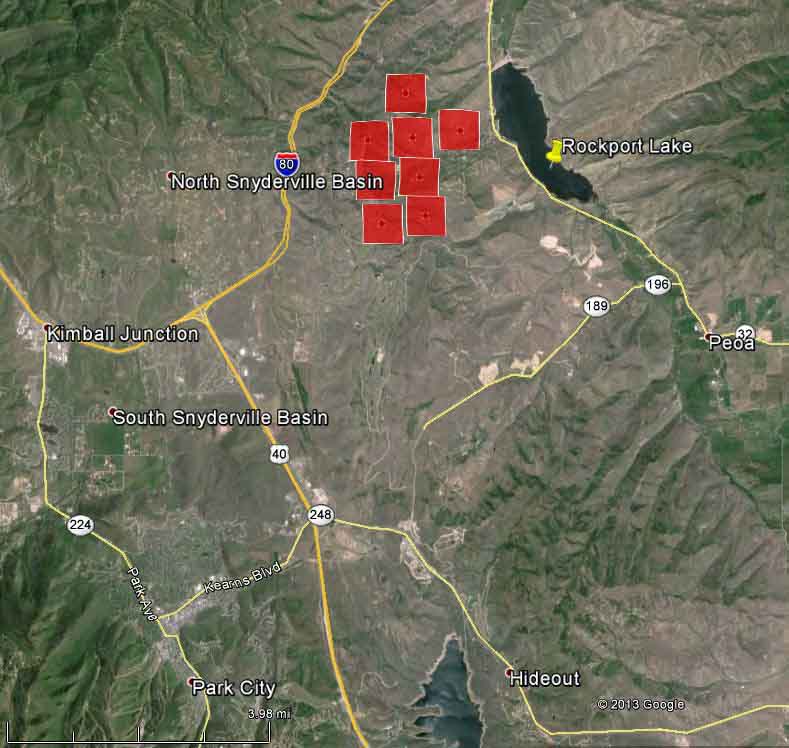Firefighter deaths resulting in changes
Rocky Barker of the Idaho Statesman has written an interesting article about how the death of 20-year old Anne Veseth of Moscow, Idaho a year ago this week has changed procedures in some wildfire organizations. She was killed on the Steep Corner Fire, 56 miles northeast of Orofino, Idaho August 12, 2012. The fire was on private property and was being managed by the Clearwater‐Potlatch Timber Protective Association (CPTPA). Ms. Veseth, in her second season working as a firefighter for the USFS, was killed when she was struck by a falling 150-foot tall fire-weakened green cedar tree. The tree fell on its own and was 13 inches in diameter where it struck her. The official report about the fire found no fault, and included this statement:
This tragedy resulted from the chance alignment of certain conditions: an emergency response to control a wildland fire, which required the presence of firefighters in an area where fire‐weakened trees could fall on their own with little or no warning.
The day before the fatality, a Hotshot crew and an engine crew refused to work on the fire after they observed serious safety issues.
Plane crash starts small fire
The crash of a small plane in northern California killed the two people on board and started a vegetation fire that burned 15 acres before firefighters stopped the spread. Federal Aviation Administration spokesman Ian Gregor says the plane crashed at about 11:30 a.m. Tuesday about five miles east of Chico in Butte County.
Large firewhirl photographed
A large fire whirl, sometimes called a fire tornado, was photographed on the Summit (name changed to Rockport) Fire north of Park City Utah on August 13. A new term has been introduced. Some people are calling this a “firenado”, which could be a takeoff from the “Sharknado” movie.




